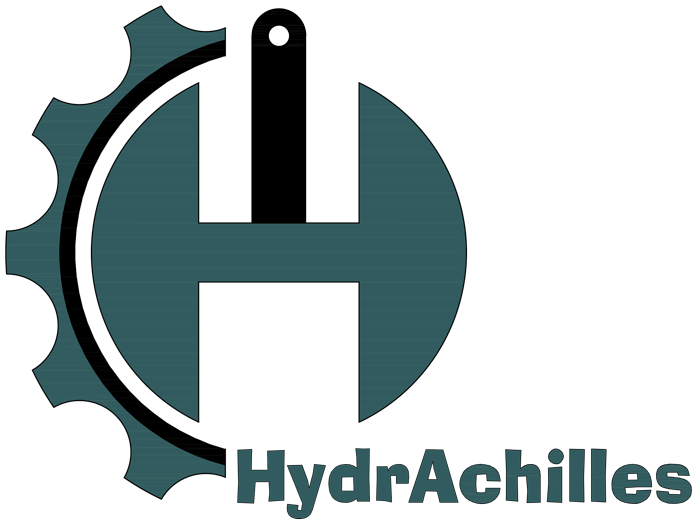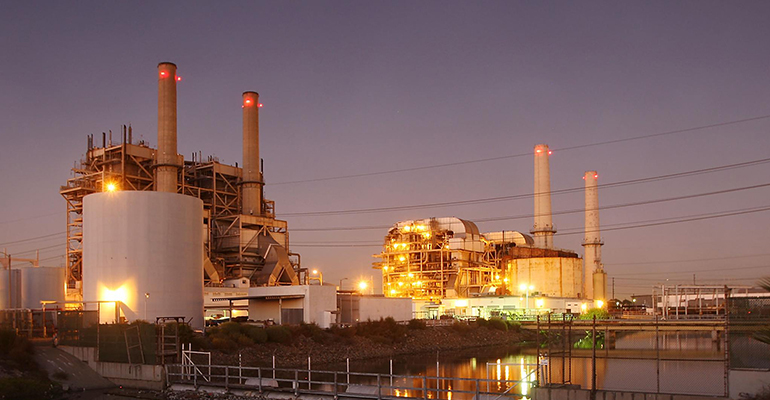The Role of Fluid Viscous Dampers in Seismic Protection
Introduction
In regions prone to seismic activity, the protection of buildings and infrastructure is paramount. Earthquakes can cause devastating damage to structures, leading to significant economic losses and, more importantly, putting lives at risk. Over the years, engineers and scientists have developed various methods to mitigate the impact of seismic forces on buildings, with Fluid Viscous Dampers (FVDs) emerging as a leading technology in this field. This article delves into the workings of FVDs, their critical role in seismic protection, and the unique advantages offered by HydrAchilles’ advanced FVD technology.
Understanding Fluid Viscous Dampers
Fluid Viscous Dampers are hydraulic devices designed to absorb and dissipate the energy generated by seismic waves. During an earthquake, buildings experience sudden and violent shaking, which can lead to structural damage or even collapse. FVDs help mitigate this by converting the kinetic energy of seismic waves into heat, which is then dissipated through the damper’s fluid medium.
The basic principle behind FVDs involves the movement of a piston within a cylinder filled with a viscous fluid. As the structure vibrates due to seismic activity, the piston moves within the fluid, creating resistance. This resistance converts the kinetic energy into thermal energy, which is safely dissipated, reducing the amplitude of the vibrations that reach the building’s structure. This process not only protects the integrity of the building but also significantly reduces the risk of damage to its occupants and contents.
Importance of FVDs in Seismic Protection
Seismic protection is a critical consideration in the design and construction of buildings, particularly in regions with a high frequency of earthquakes. Traditional building designs often rely on the strength and flexibility of materials to withstand seismic forces. However, as the intensity and frequency of seismic events increase, there is a growing need for supplementary systems that can enhance a building’s resilience.
FVDs play a crucial role in this regard. By absorbing and dissipating seismic energy, these dampers reduce the forces transmitted to the building’s structural elements, thereby minimizing the risk of damage. This is particularly important for high-rise buildings, bridges, and other critical infrastructure that cannot afford to be compromised during an earthquake.
Moreover, FVDs are not limited to new constructions. They can also be retrofitted into existing buildings, providing an effective solution for enhancing the seismic resilience of older structures that may not have been designed with modern seismic standards in mind. This makes FVDs a versatile tool in the ongoing effort to protect lives and property in earthquake-prone areas.
The Unique Advantages of HydrAchilles’ FVD Technology
While there are various types of FVDs available in the market, HydrAchilles has developed a unique and innovative approach to this technology. The company’s Fluid Viscous Dampers stand out due to their advanced peripheral channel design, which enhances the damper’s performance and durability.
One of the key advantages of HydrAchilles’ FVDs is their ability to operate effectively under a wide range of conditions. Traditional FVDs often rely on orifices to control the flow of fluid, which can lead to wear and tear over time. In contrast, HydrAchilles’ design utilizes peripheral channels around the main cylinder, allowing for smoother and more efficient fluid movement. This not only extends the lifespan of the damper but also reduces the need for maintenance and replacement, making it a cost-effective solution for long-term seismic protection.
Additionally, HydrAchilles’ FVDs are designed to work independently of power grids and control systems. This is a significant advantage in earthquake scenarios where power outages are common. The dampers continue to provide protection without relying on external power sources, ensuring that buildings remain safeguarded even in the most challenging conditions.
Furthermore, HydrAchilles has focused on making their FVDs more accessible to a broader range of applications. The simplicity of the manufacturing process allows for the production of high-quality dampers at a lower cost, making advanced seismic protection technology available to a wider market. This is particularly important in regions where budget constraints might otherwise limit the implementation of such protective measures.
Growing Demand for FVDs in Seismic-Prone Areas
The increasing awareness of the risks associated with seismic activity has led to a growing demand for FVDs in the construction industry. As cities expand and populations grow, the need for resilient infrastructure becomes more pressing. In seismic-prone areas, the integration of FVDs into building designs is becoming standard practice, driven by both regulatory requirements and the desire to protect investments.
In regions like California, Japan, and parts of South America, where earthquakes are a frequent occurrence, the adoption of FVDs is particularly widespread. However, even in areas with moderate seismic activity, the use of FVDs is gaining traction as a precautionary measure. Governments and private developers alike recognize the value of investing in technologies that can prevent catastrophic damage and save lives.
HydrAchilles is well-positioned to meet this growing demand. With its innovative FVD technology, the company is not only providing a solution for today’s seismic challenges but also paving the way for the future of earthquake-resistant design. As building codes evolve and the need for seismic protection increases, HydrAchilles’ FVDs are set to become a cornerstone of safe and resilient construction practices.
Conclusion
Fluid Viscous Dampers are a critical component of modern seismic protection strategies, offering a reliable and effective means of safeguarding buildings against the devastating effects of earthquakes. HydrAchilles’ advanced FVD technology represents a significant leap forward in this field, combining innovative design with practical advantages that make seismic protection more accessible and efficient.
As the construction industry continues to prioritize safety and resilience, the role of FVDs will only become more important. HydrAchilles is at the forefront of this movement, providing the tools necessary to build a safer, more resilient world. Whether for new constructions or retrofitting existing structures, the adoption of HydrAchilles’ FVDs is a smart investment in the future of seismic protection.



Leave A Comment